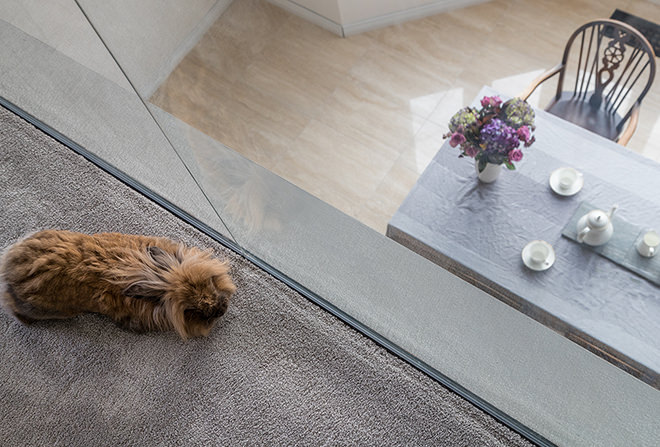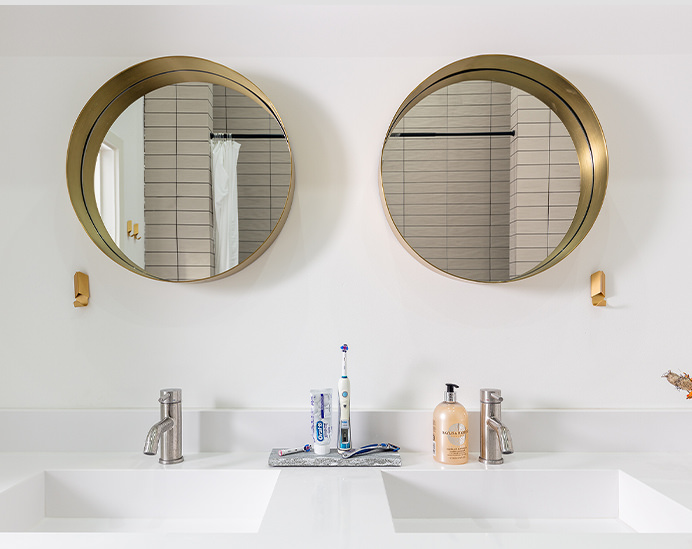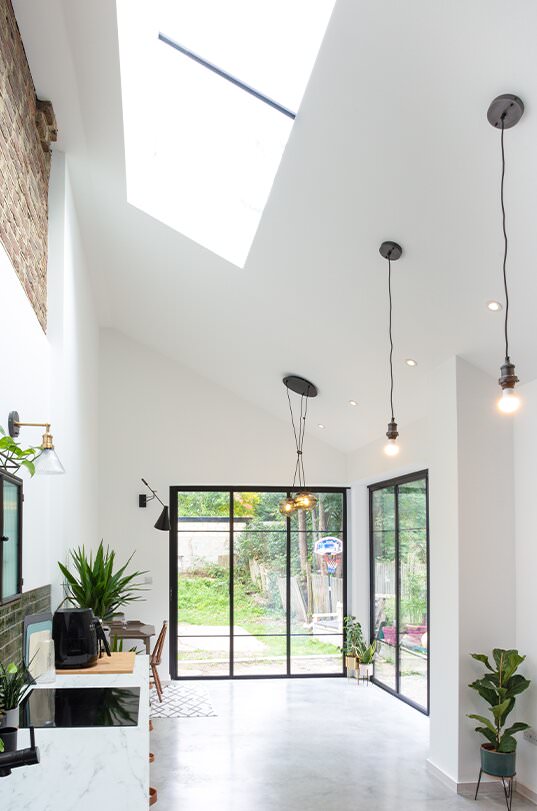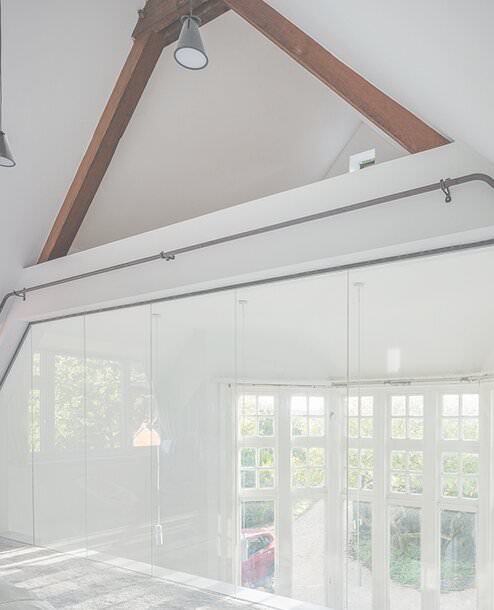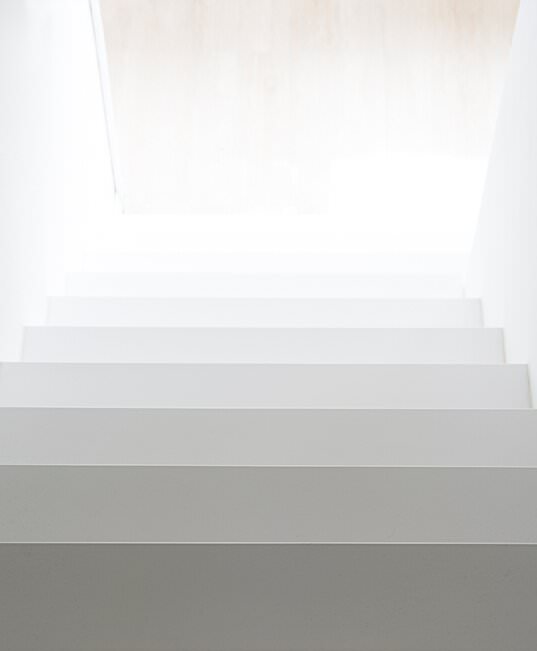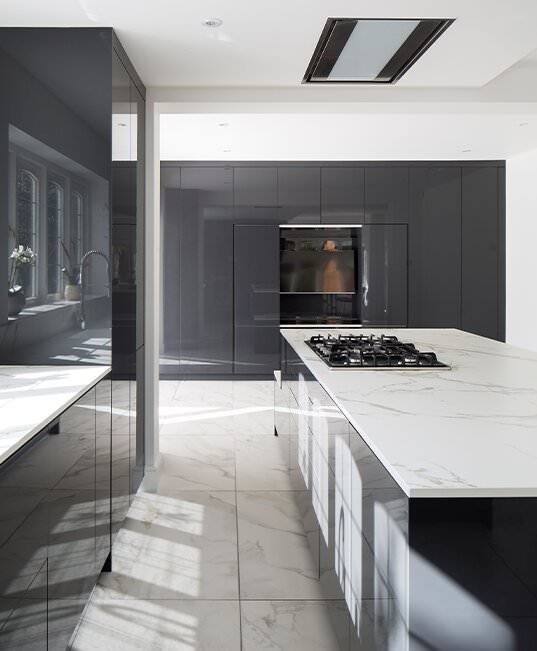What is a specification?
April 17, 2018
So you’ve got planning, onto detailing the scheme and another common client question we get is ‘what is a specification, is it a nice to have and do we need it?’. Let’s take a look into what it is, what does it do and why do we need it?
The Definition: What is a specification?
One of the many things an architect can provide is a detailed specification. To first-time clients, some may wonder what this is and why it’s needed.
Whilst working with an architect you’re more than likely to be inundated with a plethora of drawings and schedules but alongside this, you should be getting a specification. But what is a specifica1tion and what details should it contain?
‘A detailed description of the dimensions, construction, workmanship, materials etc., of work done or to be done, prepared by an architect, engineer, etc.’ Shorter Oxford English Dictionary
The Types: Performance or Prescriptive
Depending on the procurement route, client and contractor involvement, the specification can be either performance-based or prescriptive based.
In our design and build projects, the specification is typically performance-based. This allows for our contractor client to be able to promise the end-user performance of product without signing up to a specific product. The advantage of this is additional time to procure efficient and affordable products which meet a certain performance specification.
In our traditional projects, the specification is typically prescriptive. This gives our end-user clients certainty on pricing, quality and longevity. The specification will have exactly the proposed products to be used in the project and the tender returns should be priced accordingly.
The Process: How is a specification put together?
In order to truly understand how to assemble a beautifully constructed building, we do a lot of exploration with materials, how they’re put together, the types of finishes that are available and whether they’re designed to be fit for purpose and survive the test of time, wear and tear and the occasional hammer test.
In some of our school projects when we’re looking to utilise a new product that is to be exposed to children, the hammer test is one of our favourite past times… Products have to be durable, safe, and fit for purpose. Whether it be our loving hammer test or leaving natural stones out with coffee-soaked over it, material testing all helps us understand the materials from an alternative perspective before we look into how it’s fixed and specified.
Our office space is laden with samples to help us understand, quality, pricing, and longevity. Each of these is then presented and translated into the specification on an item by item basis forming detailed and thorough documentation that your contractor will be tied to.
Once we’re happy with a sample set, we present the collection to the client for approval, before them being drafted into the specification. The specification will carefully set out supplier details, fixing methods, performance specifications e.g. acoustic or fire ratings and any product particulars the contractor needs to know for pricing, ordering, and building.
The Result: How is the specification used?
When the detailed packages have been completed you’ll be sending out your design documents to a series of contractors to price. Tendering the works without a specification can be up to a wide range of interpretations. This leaves contractors to price assumptions which can significantly reduce the quality and longevity of your project. By having a specification in your hands, the quality and certainty of your tender returns will significantly improve reducing your risk at the same time.
The specification will then also form part of your building contract, so in the unfortunate case that a dispute does occur, you have a specification to hand in black and white which you’ll be able to refer to in a court of law.
Specifications at Vita
Our starting position at Vita is to always be providing a prescriptive specification, but we recognise that each and every client has a different building, procurement and architectural aspirations and processes which means that we offer both performance and prescriptive services.
Our specifications are designed to address three key ideas:
Clarity – Our designs both drawings and specifications are designed to give clarity through thorough and innovative detailing. The specification is a roadmap for all stakeholders to understand what products are used, what performance they should be achieving and how they are installed. Little is left to the imagination.
Certainty – Hand in hand with providing clarity, providing certainty in quality is vitally important to us. The last thing we want to see is our designs being morphed into something unrecognisable due to a lack of documentation and specification.
Protection – If the designs and specifications are followed, there shouldn’t be any issues, however, if they’re not, a specification is your line in the sand.
So, yes, the specification adds design costs and time to your project, but undoubtedly, it pays that back many times over in the build and beyond. Your build project should be designed to last the test of time, if it’s not, you can’t expect it to be built to last the test of time.
So, to answer your question, is a specification required? Yes, it’s a small price to pay for the advantages it can provide.

